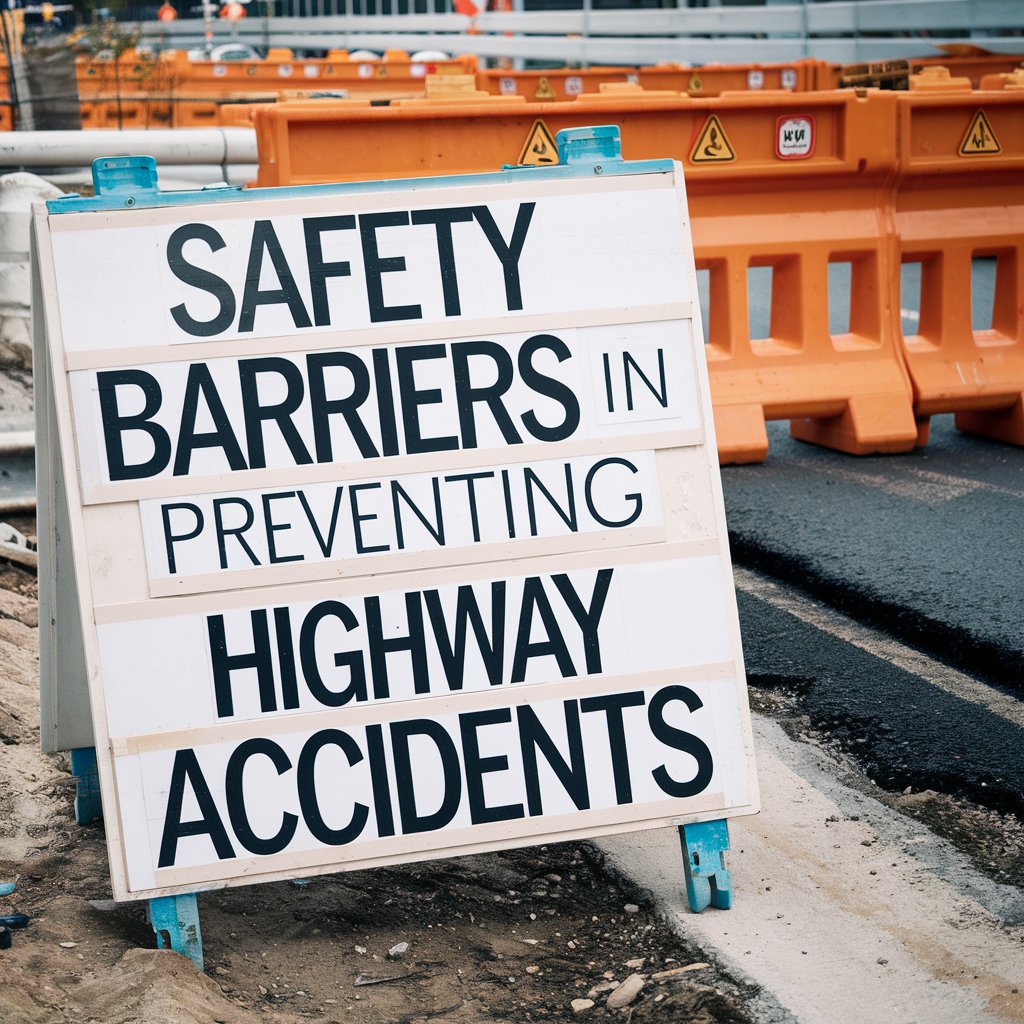Safety barriers play a crucial role in preventing and mitigating highway accidents. These structures are designed to redirect vehicles back onto the road, absorb impact energy, and reduce the severity of collisions. Studies show that properly installed safety barriers can significantly decrease the likelihood of severe injuries and fatalities in highway crashes.
Highway safety barriers come in various types, including guardrails, concrete barriers, and cable barriers. Each type serves specific purposes depending on road conditions, traffic volume, and potential hazards. For instance, cable barriers are particularly effective in preventing cross-median crashes on divided highways, while concrete barriers offer robust protection in high-traffic urban areas.
The effectiveness of safety barriers for highways is measured through rigorous crash tests and real-world data analysis. Factors such as barrier design, placement, and maintenance all contribute to their performance in reducing accident severity. While no safety measure is perfect, these barriers have proven to be a valuable tool in enhancing road safety and protecting motorists from potentially catastrophic collisions.
Key Takeaways
- Safety barriers significantly reduce the severity of highway accidents and save lives
- Different barrier types are suited for specific road conditions and traffic scenarios
- Proper installation and maintenance are crucial for maximizing barrier effectiveness
Types and Functions of Road Safety Barriers
Road safety barriers play a crucial role in preventing highway accidents and minimizing their severity. These protective structures come in various forms, each designed to address specific safety needs and road conditions.
Rigid and Flexible Barriers
Rigid barriers, typically made of concrete, offer maximum protection against vehicle impacts. They’re ideal for high-speed roads and areas with limited space. Concrete barriers effectively redirect vehicles and prevent crossover crashes.
Flexible barriers, such as w-beam guardrails and cable barriers, absorb impact energy through deformation. W-beam guardrails are cost-effective and widely used on roadside edges. High-tension cable barriers are increasingly popular for medians, as they can stop vehicles while causing less damage.
Both types have their strengths. Rigid barriers excel in confined spaces, while flexible barriers are more forgiving in collisions and often less expensive to install and maintain.
Specialized Barrier Systems
Crash cushions are impact attenuators designed to protect fixed objects like bridge piers. They gradually decelerate vehicles, reducing occupant injuries. Water-filled barriers are portable and often used in temporary work zones.
Median barriers prevent head-on collisions on divided highways. Cable median barriers are cost-effective for wide medians, while concrete barriers are preferred for narrow medians with high traffic volumes.
These specialized systems adapt to unique road conditions and safety requirements, offering targeted protection where standard barriers might be insufficient.
Impact of Barriers on Vehicle Dynamics
Barriers significantly influence vehicle behaviour during collisions. Rigid barriers tend to redirect vehicles more abruptly, potentially causing secondary impacts. Flexible barriers absorb energy, leading to a softer redirection.
The height and shape of barriers affect vehicle stability. Too low, and vehicles might vault over; too high, and they could cause rollovers. Modern barrier designs aim to strike a balance, redirecting vehicles while minimizing the risk of rollovers.
Barrier placement is crucial. Roadside barriers should be set back from the travel lane to allow for driver recovery. Median barriers must account for crossover potential and emergency vehicle access.
Effectiveness and Performance Evaluation of Safety Barriers
Safety barriers play a crucial role in preventing and mitigating highway accidents. Their effectiveness is evaluated through analysis of crash data, assessment of traffic flow impacts, and implementation of safety strategies in work zones.
Analysis of Crash Records and Severity
Crash records provide valuable insights into the performance of road safety barriers. Studies examine crash frequency, severity, and injury outcomes to assess barrier effectiveness. Data shows that properly installed barriers significantly reduce rollover incidents and cross-median collisions.
Crash-injury severity is a key metric. Barriers aim to redirect vehicles and absorb impact energy. Well-designed systems lower the risk of severe injuries and fatalities compared to unprotected roadsides.
Researchers analyse vehicle damage patterns and occupant injuries. This helps identify which barrier types perform best for different road configurations and traffic conditions.
Assessment of Traffic Flow and Safety Performance
Traffic flow analysis examines how barriers affect vehicle movements and speeds. Barriers can influence driver behaviour, potentially reducing risky manoeuvres.
Safety performance is measured through before-and-after crash comparisons. Key indicators include:
- Reduction in head-on collisions
- Decrease in run-off-road crashes
- Changes in injury severity outcomes
Studies evaluate barrier deflection and working width during impacts. This ensures adequate protection without compromising the roadway’s operational efficiency.
Computer simulations help predict barrier performance under various crash scenarios. These models refine designs before real-world implementation.
Safety Strategies for Work Zones
Work zones present unique challenges for traffic management and safety. Temporary barriers protect both workers and motorists in these high-risk areas.
Common work zone barrier systems include:
- Concrete barriers
- Water-filled plastic barriers
- Steel barriers
These systems are evaluated for quick deployment, relocation flexibility, and crash energy absorption. Visibility enhancements like reflectors and warning lights improve their effectiveness.
Traffic management strategies often incorporate barriers with other safety measures. Speed reductions, lane closures, and clear signage work together to minimize risks in construction zones.
Crash cushions and end treatments are crucial for work zone barriers. They prevent dangerous end-on collisions and help redirect vehicles safely.
Conclusion
Safety barriers play a crucial role in reducing the severity of highway accidents. They effectively prevent high-risk crashes like median crossovers and collisions with hazardous objects. While not eliminating all accidents, barriers significantly lower the likelihood of severe injuries and fatalities on roadways.
Ongoing research and improvements in barrier design continue to enhance their effectiveness. Proper installation, maintenance, and strategic placement are key factors in maximizing the safety benefits of these critical roadside structures.






